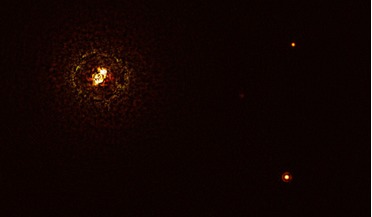 10 December 2021
Extreme exoplanet changes the picture about massive stars as planet hosts
10 December 2021
Extreme exoplanet changes the picture about massive stars as planet hosts
... from the Sun. This large distance from the central pair of stars could be key to the planet’s survival. “The planet in b Centauri is an alien world in an environment that is completely different from what we experience here on Earth and in our...
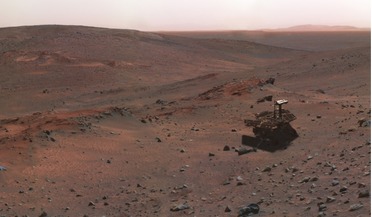 November 2017
Roving the red planet
November 2017
Roving the red planet
...greatly aided by the extensive orbital remote sensing of the planet provided by a series of spacecraft dating back to the ... agent of mineralogic change in the early history of the planet. Upon reaching the Columbia Hills, the Spirit rover discovered...
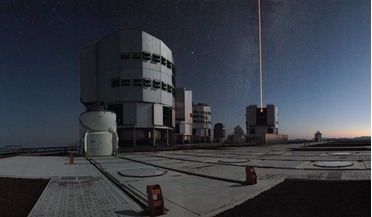 11 January 2017
ESO Signs Agreement with Breakthrough Initiatives to search for planets nearby
11 January 2017
ESO Signs Agreement with Breakthrough Initiatives to search for planets nearby
...to greatly enhance its ability to find potentially habitable planets around the closest stellar system to Earth. VISIR,...to reveal any possible signatures of potential terrestrial-like planets. The new hardware includes an instrument module contracted ...
 10 April 2017
Super-Jupiter mass planet found in the galactic bulge
10 April 2017
Super-Jupiter mass planet found in the galactic bulge
... that is only a third the size of our Sun and is likely located in the Galactic bulge. The massive planet, known as MOA-2016-BLG-227Lb, was discovered by the Microlensing Observations in Astrophysics (MOA) collaboration who used...
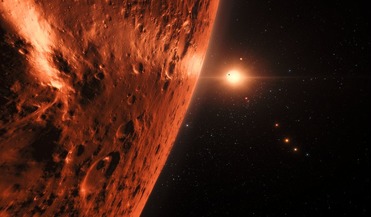 01 September 2017
TRAPPIST-1 planets could contain substantial amounts of water
01 September 2017
TRAPPIST-1 planets could contain substantial amounts of water
... the need for theoretical studies and complementary observations at all wavelengths to determine the nature of the TRAPPIST-1 planets and their potential habitability,” concludes Bourrier. With an anticipated launch date of October 2018 for the JWST...
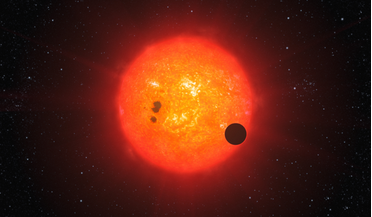 17 February 2020
Earth-sized planet behind unusual star signals say astronomers
17 February 2020
Earth-sized planet behind unusual star signals say astronomers
...at close to the speed of light close to the planet near its equator. Radio aurorae are powered by large-... and not prone to too many destructive outbursts, this bodes well for planet’s where life is trying to get established. “Based on the discovery ...